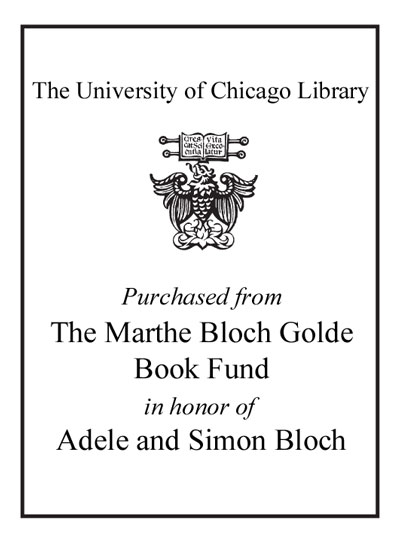Black '47 and beyond : the great Irish famine in history, economy, and memory /
| Author / Creator: | Ó Gráda, Cormac. |
|---|---|
| Imprint: | Princeton, N.J. : Princeton University Press, c1999. |
| Description: | xii, 302 p. : ill. ; 25 cm. |
| Language: | English |
| Series: | The Princeton economic history of the Western world Princeton economic history of the Western world. |
| Subject: | |
| Format: | Print Book |
| URL for this record: | http://pi.lib.uchicago.edu/1001/cat/bib/3611712 |
| Summary: | Here Ireland's premier economic historian and one of the leading authorities on the Great Irish Famine examines the most lethal natural disaster to strike Europe in the nineteenth century. Between the mid-eighteenth and early-nineteenth centuries, the food source that we still call the Irish potato had allowed the fastest population growth in the whole of Western Europe. As vividly described in Ó Gráda's new work, the advent of the blight phytophthora infestans transformed the potato from an emblem of utility to a symbol of death by starvation. The Irish famine peaked in Black '47, but it brought misery and increased mortality to Ireland for several years. |
|---|---|
| Physical Description: | xii, 302 p. : ill. ; 25 cm. |
| Bibliography: | Includes bibliographical references (p. [277]-296) and index. |
| ISBN: | 0691015503 (cloth : alk. paper) |

